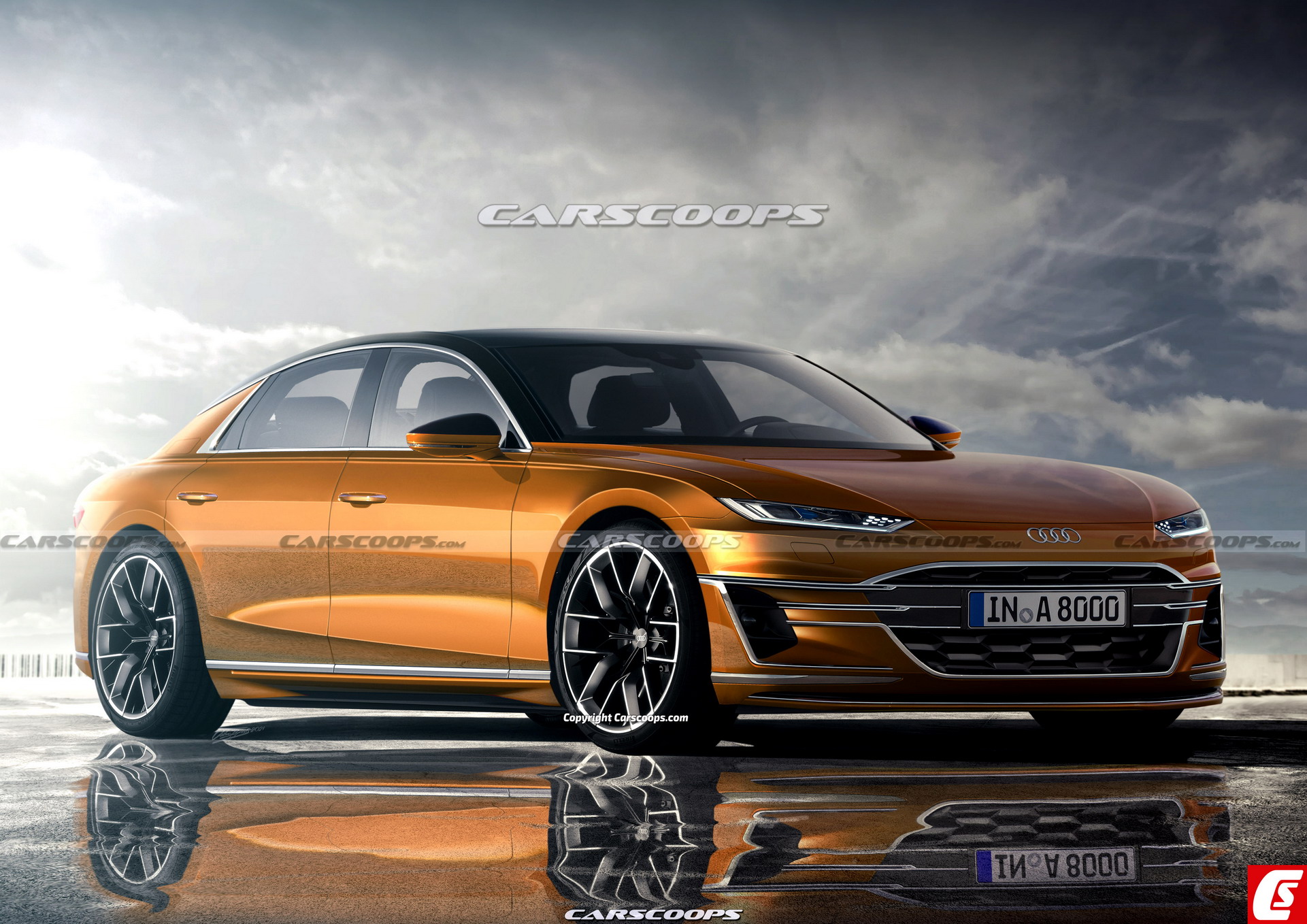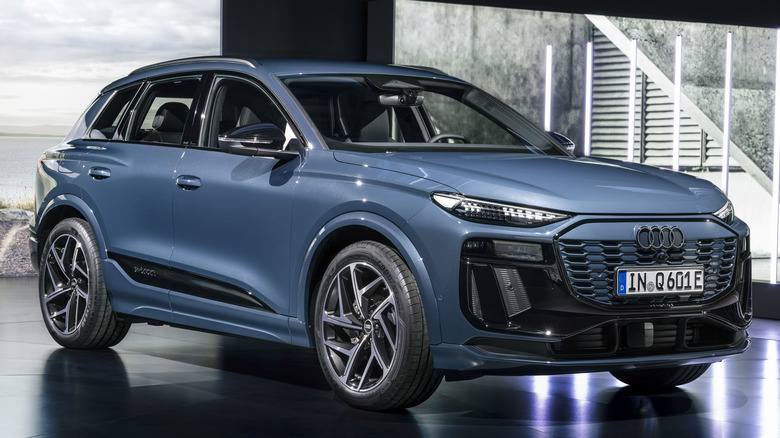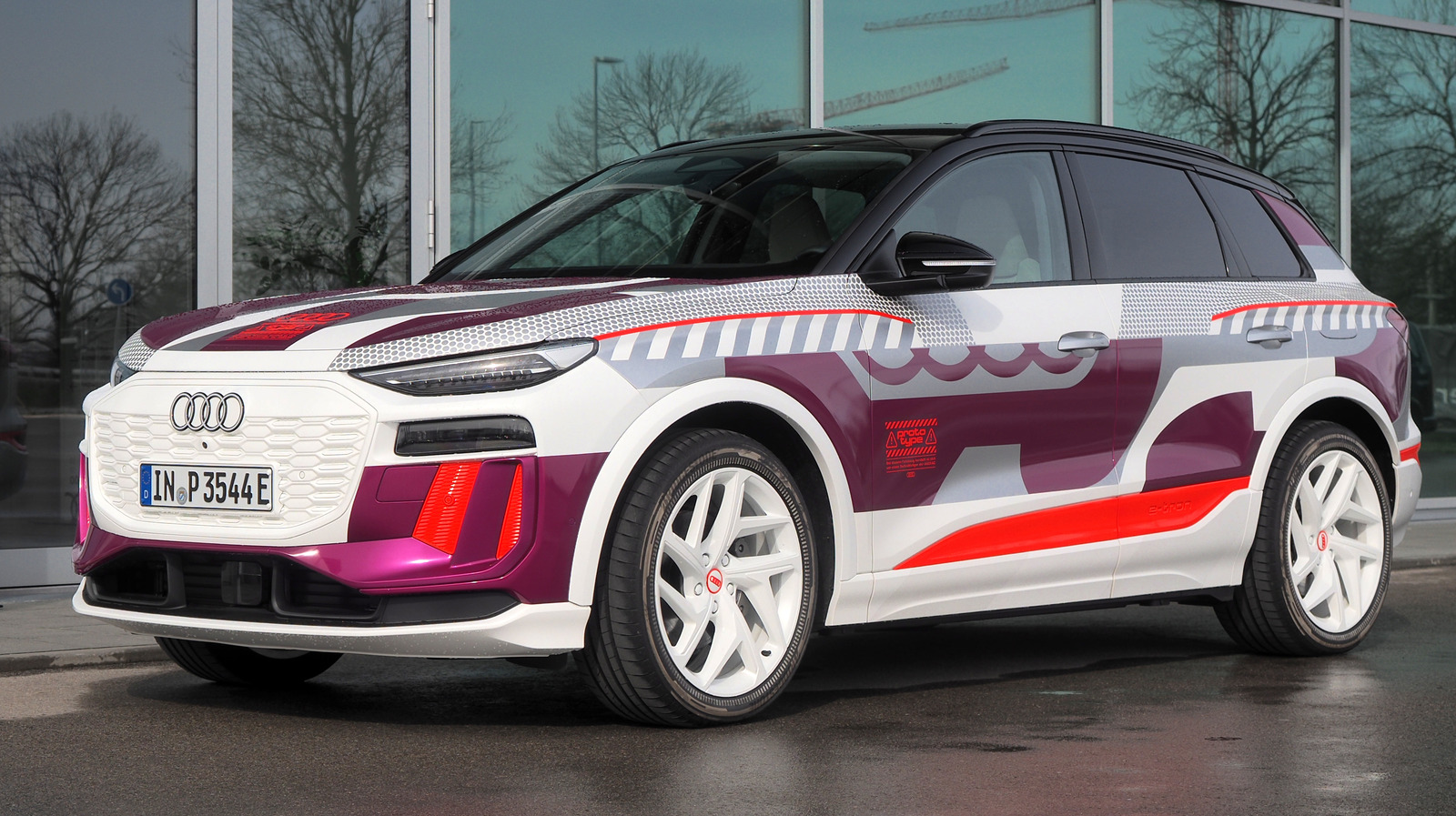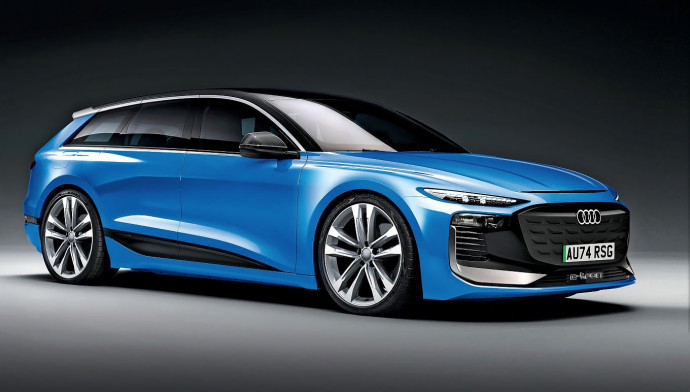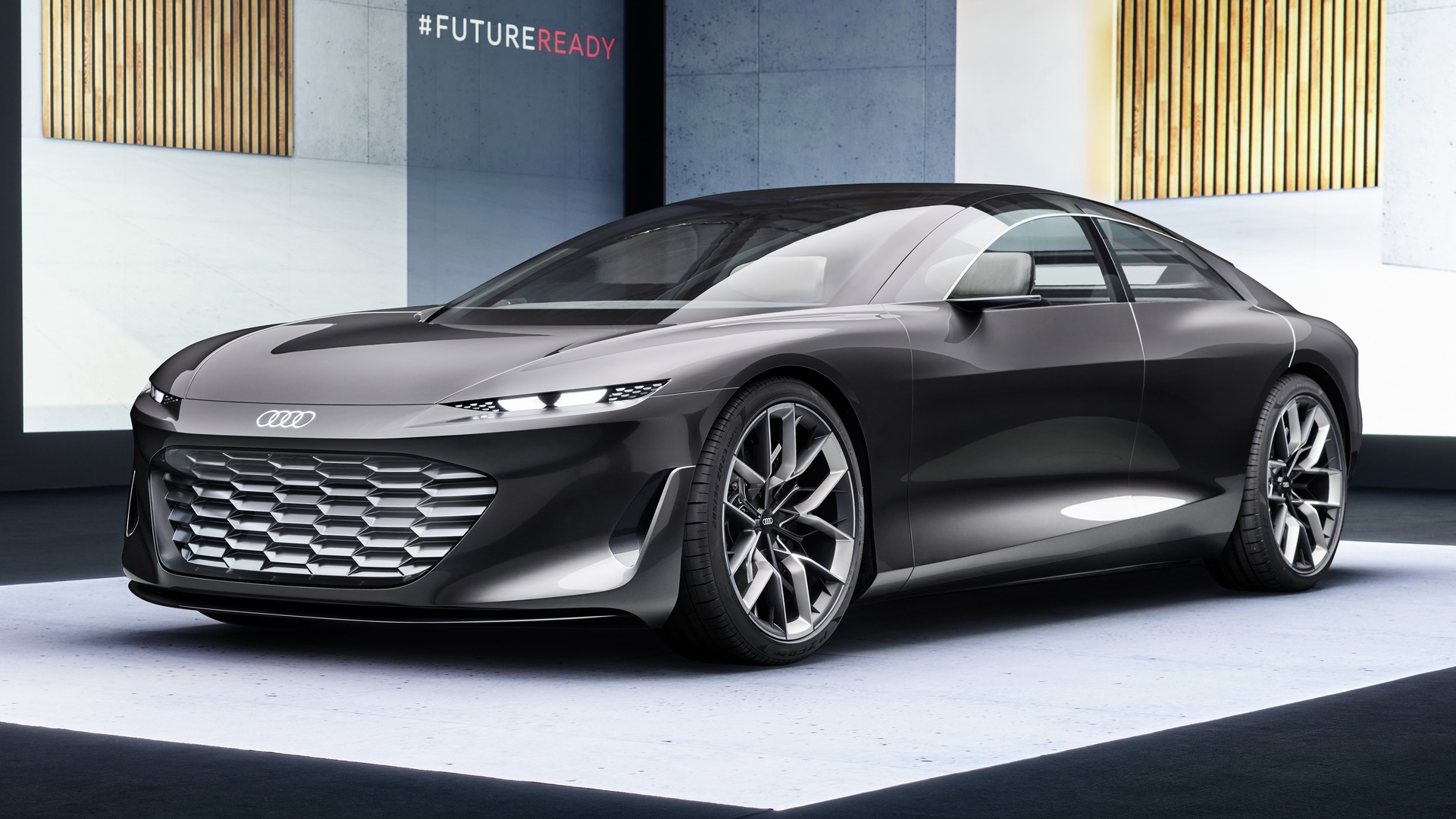
The 2025 Audi e-tron: A Range Revolution or a Missed Opportunity?
Audi has long been a leader in the luxury automotive market, and their foray into the electric vehicle (EV) space with the e-tron has been met with both excitement and scrutiny. With the 2025 model year approaching, the question on everyone’s lips is: will the Audi e-tron finally deliver on its promise of a truly competitive range?
The current generation e-tron, launched in 2018, has faced criticism for its relatively limited range compared to competitors like the Tesla Model X and the Mercedes-Benz EQC. While Audi has consistently improved the e-tron’s range over its lifespan, the 2025 model year represents a crucial opportunity to truly leapfrog the competition and establish itself as a range leader.
The Challenges of Range:
Achieving a long range in an EV is a complex engineering challenge, balancing multiple factors:
- Battery Capacity: The size and chemistry of the battery pack are paramount. Larger batteries offer more range, but also increase weight and cost.
- Efficiency: The car’s aerodynamics, powertrain efficiency, and weight play a significant role in determining how far the battery can take you.
- Charging Infrastructure: The availability and speed of charging stations are crucial for long-distance travel.
Audi’s Strategies for Range Enhancement:
Audi has been actively addressing these challenges, focusing on a multi-pronged approach for the 2025 e-tron:
- Next-Generation Battery Technology: Audi is investing heavily in developing higher-density battery cells, promising increased capacity within the same physical space. This could mean a larger battery pack without sacrificing interior space or adding significant weight.
- Optimized Aerodynamics: The 2025 e-tron will likely feature revised bodywork with a lower drag coefficient, reducing air resistance and improving efficiency. This could involve subtle design changes like flush door handles, active aero elements, and underbody panels.
- Improved Powertrain Efficiency: Audi is constantly refining its electric motors and power electronics to reduce energy consumption. This could include more efficient inverters, better thermal management systems, and optimized software algorithms.
- Weight Reduction: Audi is committed to utilizing lightweight materials like aluminum and carbon fiber in the e-tron’s construction, minimizing its overall weight and improving efficiency.
- Advanced Regenerative Braking: The 2025 e-tron is expected to feature a more sophisticated regenerative braking system, capturing more energy from deceleration and extending the range.
The Potential of the 2025 Audi e-tron:
Based on Audi’s stated intentions and the current state of EV technology, the 2025 e-tron has the potential to achieve a truly impressive range:
- Estimated Range: Speculation suggests the 2025 e-tron could achieve a range of over 400 miles (640 kilometers) on a single charge, surpassing many competitors.
- Faster Charging: The 2025 e-tron might also benefit from faster charging capabilities, potentially reducing charging times to under 30 minutes for a significant charge.
- Improved User Experience: Audi is known for its luxurious interiors and intuitive technology. The 2025 e-tron is expected to feature a refined and user-friendly infotainment system with advanced driver assistance features.
The Challenges and Concerns:
While the potential for the 2025 e-tron is exciting, there are still some challenges and concerns:
- Battery Cost: Higher-density batteries are often more expensive to manufacture, which could potentially increase the price of the e-tron.
- Infrastructure Dependence: Even with a longer range, the availability of charging infrastructure remains a crucial factor for long-distance travel.
- Competition: The EV market is rapidly evolving, and other manufacturers are also pushing the boundaries of range and technology.
Conclusion:
The 2025 Audi e-tron represents a crucial moment for the brand’s electric vehicle strategy. If Audi delivers on its promises, the e-tron could become a range leader, attracting customers who prioritize long-distance driving and a luxurious driving experience. However, the success of the e-tron will depend on balancing technological innovation with affordability, addressing the challenges of charging infrastructure, and staying ahead of the rapidly evolving EV market. The future of the e-tron, and Audi’s position in the electric vehicle landscape, hinges on this next iteration.
Beyond the Range:
While range is a crucial factor for EV buyers, it’s not the only thing that matters. The 2025 e-tron will need to excel in other areas to truly stand out:
- Performance: Audi is known for its performance cars, and the e-tron should deliver a thrilling driving experience with instant torque and responsive acceleration.
- Handling and Dynamics: The e-tron should handle with precision and agility, offering a sporty and engaging driving experience.
- Design and Style: The e-tron’s design should be both elegant and distinctive, reflecting Audi’s commitment to luxury and innovation.
- Technology and Features: The e-tron should be equipped with advanced driver assistance systems, a user-friendly infotainment system, and other cutting-edge technologies.
The Future of the e-tron:
The 2025 Audi e-tron represents a critical step in Audi’s commitment to electrifying its lineup. The success of this model could set the stage for a future where Audi becomes a leading force in the electric vehicle market. By focusing on range, performance, technology, and design, Audi can create an e-tron that truly captures the imagination of drivers and pushes the boundaries of what an electric vehicle can be.
